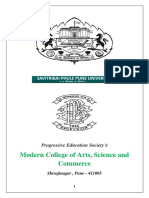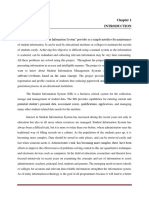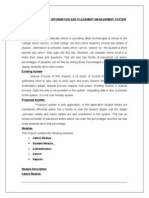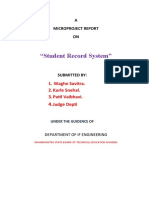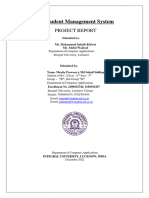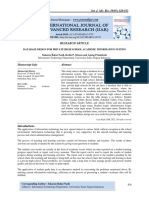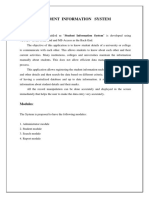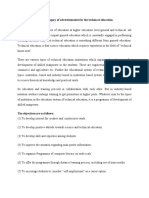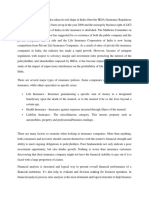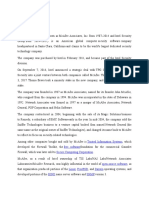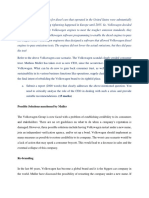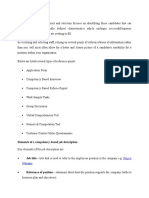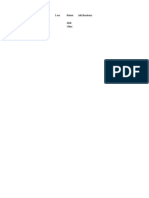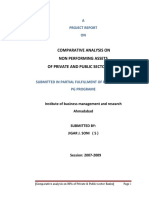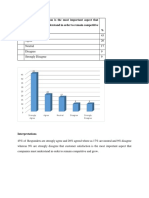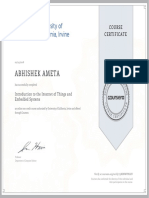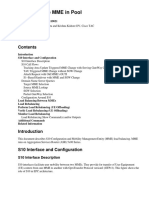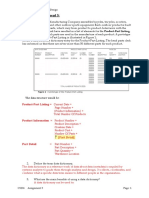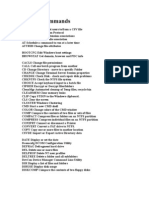0% found this document useful (0 votes)
61 views22 pagesWhy Do University Schools Need Student Information System?
Student information systems are used by schools and universities to store and manage student data. While some older systems were paper-based, most now utilize computers and software. These systems allow efficient searching and retrieval of accurate student information. Universities need student information systems to efficiently collect, store, and process common data about students, staff, and academic work. Recent automated systems have reduced the time spent on tasks like information searches. However, systems can vary between and even within universities, with some using outdated technologies.
Uploaded by
NeerajCopyright
© © All Rights Reserved
We take content rights seriously. If you suspect this is your content, claim it here.
Available Formats
Download as DOCX, PDF, TXT or read online on Scribd
0% found this document useful (0 votes)
61 views22 pagesWhy Do University Schools Need Student Information System?
Student information systems are used by schools and universities to store and manage student data. While some older systems were paper-based, most now utilize computers and software. These systems allow efficient searching and retrieval of accurate student information. Universities need student information systems to efficiently collect, store, and process common data about students, staff, and academic work. Recent automated systems have reduced the time spent on tasks like information searches. However, systems can vary between and even within universities, with some using outdated technologies.
Uploaded by
NeerajCopyright
© © All Rights Reserved
We take content rights seriously. If you suspect this is your content, claim it here.
Available Formats
Download as DOCX, PDF, TXT or read online on Scribd
/ 22










